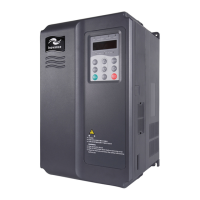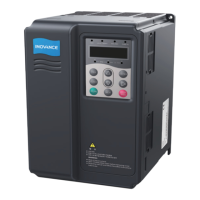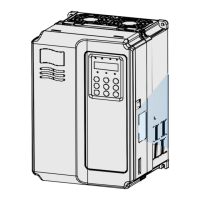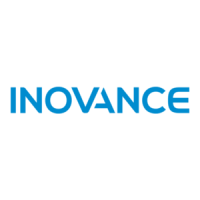What to do if Inovance DC Drives show AC drive unit protection?
- VvillarrealnancyAug 3, 2025
If your Inovance DC Drive unit shows a protection error, it could be due to several reasons. The output circuit may be grounded or short-circuited, the motor cable might be too long, or the IGBT could be overheating. Internal connections might be loose, the main control board could be faulty, the drive board may have issues, or the AC drive IGBT itself might be defective. To resolve this, first, eliminate any external faults. If the motor cable is too long, consider installing a reactor or an output filter. Ensure that the air filter is clean and the cooling fan is working correctly. Check all cable connections to make sure they are secure.




